- Heater and rodents
- What do not bite the mouse
- Ecowool and mouse
Any private house needs additional insulation. And then the question arises before the owner - what kind of insulation the mice do not chew on. After all, pests love places where it is warm and dry. There they make nests and dig moves to power sources. It is very difficult to get mice out of the insulation, and the material loses its properties due to the animals.
There are two large groups of heaters: organic and inorganic. Mice bite there are more materials related to the first group, but also in the second group there is a heater, which will be on the teeth of pests.
Organic insulation
For their manufacture, waste from woodworking and agricultural production is used. Some species contain cement and plastic.
Such heaters include:
- Ecowool. Made from paper waste.
- Fiberboard. Consists of wood shavings.
- Sotoplast. It is made in the form of honeycombs, the filler of which is a special fabric or paper.
- The made foam polyethylene. Made from polyethylene and a foaming agent.
- Expanded polystyrene. Better known as Styrofoam.
- Polyurethane foam. Used for processing ceilings and walls.
- Particleboard and fiberboard. They contain wood waste.
- Arbolite. It is made of shavings, sawdust, reeds and straw.
Mice gnaw through any of these materials and arrange inside the shelter. In a wooden house, straw is often used for warming, in which pests feel comfortable.
Inorganic insulation
These materials cannot be bitten by mice. They are solid, and inside it is impossible to be due to the small amount of oxygen.
On a note!
Insulation is made of slag, glass, asbestos and rocks. It can be solid and loose and can be made in the form of plates, mats, rolls.
This group includes:
- Mineral wool. It happens stone and slag. Stone wool is made from rocks. The second type is made from slag, which is obtained during the casting of metal. Mice in the mineral wool do not start, but they can nibble it.
- Glass wool. It is made from the same materials as glass or from waste from glass production. It includes such types of insulation: basalt wool (fiberglass) and slag. Its most famous producer is Isover.
- Perlite and vermiculite. Loose and solid. This insulation is not eaten by mice because it is very hard for their teeth.
- Foam concrete and aerated concrete. It is used during the work with a ceiling, walls and a floor.
- Penoizol. An expensive insulation that can be used in a built house.
In inorganic heaters, rodents do not start. But in mineral wool it’s easy for them to make moves. House mice in glass wool are also able to gnaw a hole to the food source.
On a note!
Over the insulation, waterproofing films are often laid. They help preserve the structure from excess moisture and extend the life of the insulating material.
For the protection and insulation of pipes, fiberglass is usually used, which rodents do not favor.
That the mice will not bite
Foam glass
It has sufficient strength, which protects the house from the invasion of rodents and insects. There are two types:
- bulk;
- tiled.
The first type is used when it is required to insulate floors, ceilings and ceilings. Plates are used for wall insulation.
Foam glass has the following advantages:
- It does not emit harmful fumes into the environment and is safe for human health.
- Allows you to use a jigsaw or hacksaw, so it’s easy to work with.
- The insulation is not affected by sunlight or moisture. It is durable and easy to operate.
- Rodents are not able to gnaw a hole in it.
- Prevents the appearance of fungus.
Although mice do not like this insulation, they can enter the room through the seams between the plates. To avoid this, you should use a sealant and lay the material on the solution, the quality of which was confirmed by positive reviews.
Expanded clay
It is made of special clay, which is cleaned and then formed into granules with a diameter of 10 to 25 mm. Granules harden at high temperatures, increasing their strength and reducing weight.
Interesting!
Often with expanded clay, attic floors and basements are insulated, but the material can also be used for walls.
Mice in the walls covered with expanded clay will not be able to move. They will simply sink in small fractions. The dust contained in the insulation will prevent rodents from breathing normally and will clog their nose, and the teeth of mice and rats will break on durable balls. In such conditions, the animals cannot survive.
The material has the following advantages:
- Insulates walls well.
- It has zero fire hazard.
- Do not miss extraneous sounds.
- Inexpensive and durable.
- Provides reliable waterproofing.
Expanded clay is not used to warm the walls of a wooden house. Brick walls are insulated during the construction phase.
Clay balls are insulated and the underground. To do this, select small granules and stack using the technology of "dry screed". Expanded clay in this case can be poured on the ground or on concrete.
Foam concrete
It is made in the form of blocks and in the form of a solution. The latter species is good because it does not have seams through which mice and rats can penetrate into a person’s house.
Insulators process brick walls from the side of the street or fill it inside the masonry during construction work.
Interesting!
Foam concrete is made of sand, water, a foaming agent and cement. After solidification, it becomes very hard. And if builders are concerned about the question, in which insulation the mice do not start, it is worth paying attention to this material. Rodents will bypass it.
Blocks are used for wall insulation. The solution insulates the floor. The material has many advantages:
- Foam houses are warm, quiet and durable.
- The insulation does not absorb moisture and does not crack.
- Rodents, ants and cockroaches cannot live in it.
- Laying blocks is easy because they are lightweight.
- The material is easy to process. They saw, cut and drill it, if necessary.
The insulation is not used indoors, because condensation may form in its joints, which will cause the development of mold fungi.
Ecowool
Insulation is a new material in construction, but it is gaining increasing popularity, despite the high cost. Fiber can only be applied with special equipment. After it hardens, it is leveled with a roller.
Thermal insulation material is made from cellulose. It can be placed inside and outside the building, it does not have any shortcomings in use.
The list of ecowool benefits is as follows:
- It is safe for humans and animals that live indoors.
- It drowns out any noise the street makes and keeps the heat inside the housing.
- It does not decay and does not decompose.
- It has a low fire hazard, because it actively releases moisture when heated.
The material is light and soft, so some do not understand why mice and rats cannot nibble it. The fact is that ecowool contains orthoboric acid. It causes an attack of asthma in animals and dehydration. If the pest wants to make a nest in the material, then it will not be able to live there for a long time.
The acid is still endowed with antiseptic properties, and it is it that prevents the cotton from catching fire when heated.
How to protect a heater
In order not to have to think about how to get rid of mice in the insulation and spend money on new material, you should take care of the safety of housing even during construction.
The following points should be followed, and rodents will not be able to spoil the insulation or enter the housing:
- For insulation of flooring use loose material.
- Minimize the number of seams during wall insulation.
- Use roofing material for roof insulation.
- Finish the facade of the building with durable cladding.
- Make a strip foundation.
It is necessary to take care of the type of insulation even before the start of construction, because not all materials can be used when the building has already been commissioned.
If the house uses organic insulation, then it should be rolled up in concrete or overlaid with a fine mesh. In this case, rodents will not be able to arrange a mouse hole in it.
Sometimes mice still annoy the owners, despite all the work done. Then you have to deal with pests in accessible ways: turn on the ultrasonic repeller, arrange mousetraps, lay out poisonous baits. You can get a cat in your home. Its smell will scare away rodents from human possessions.
The builders or consultants of a construction store will help you choose the right type of insulation. You can order the right material online. It will be delivered wherever you are - in Moscow, St. Petersburg or a small town.
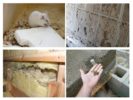


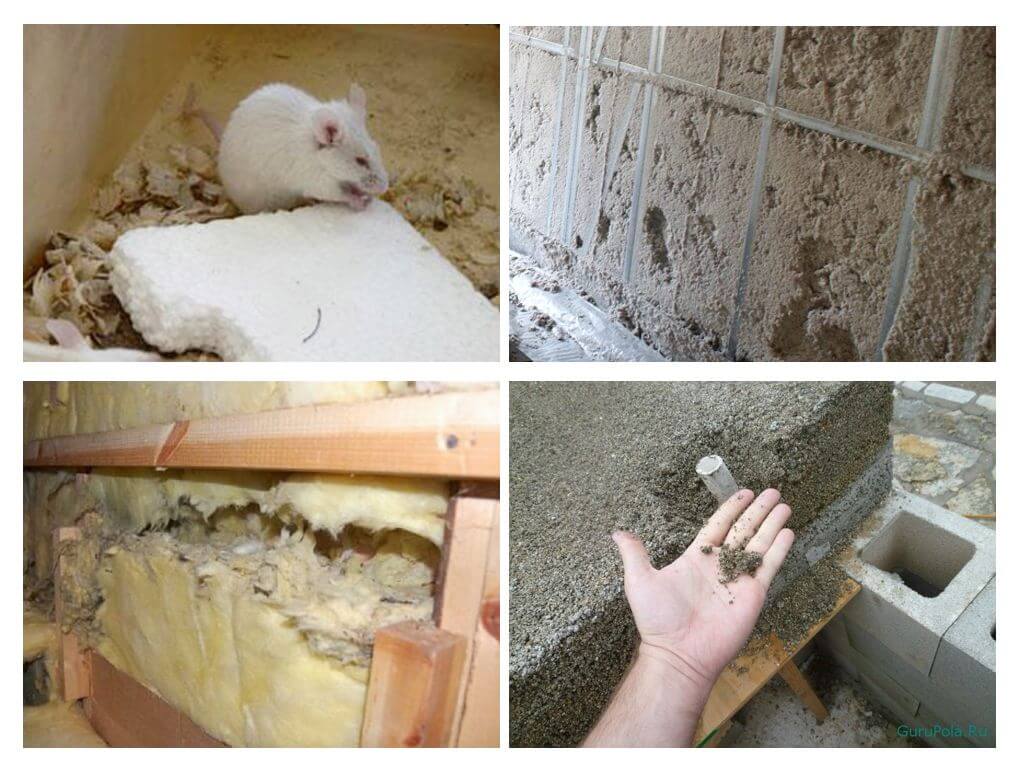
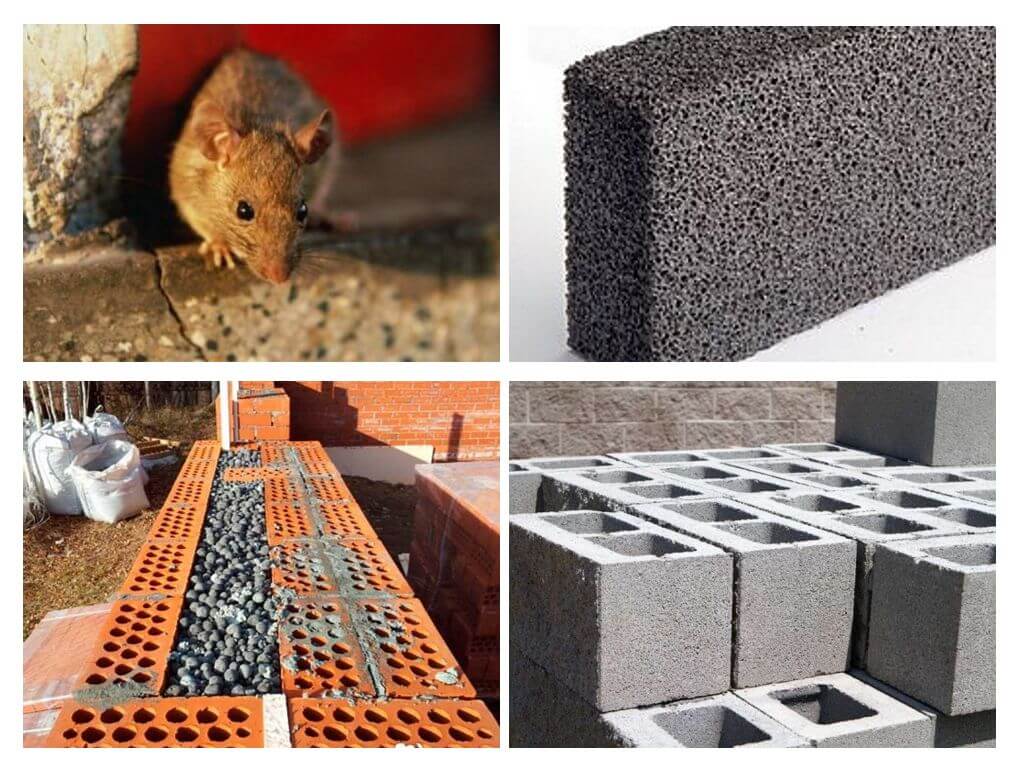
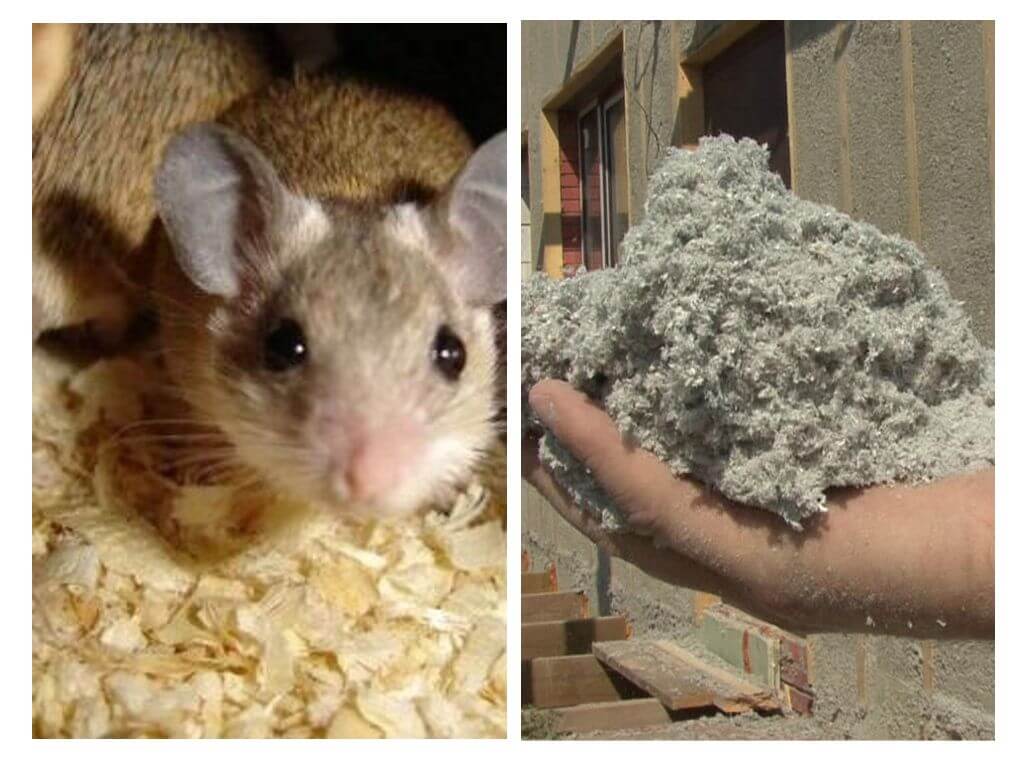
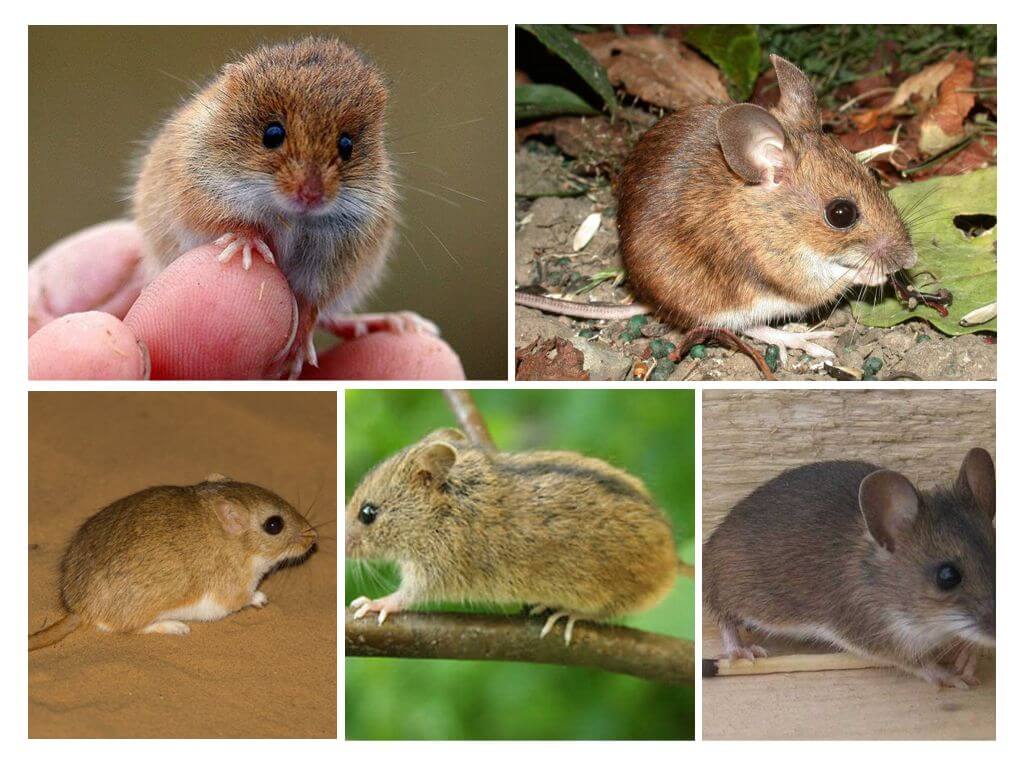
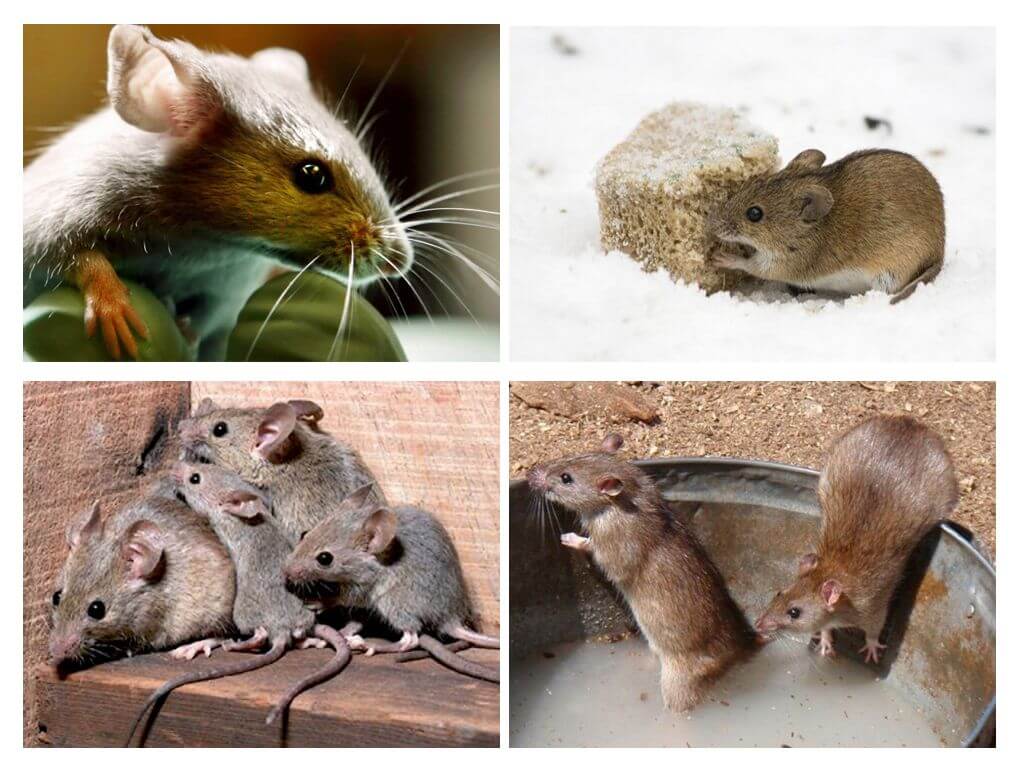
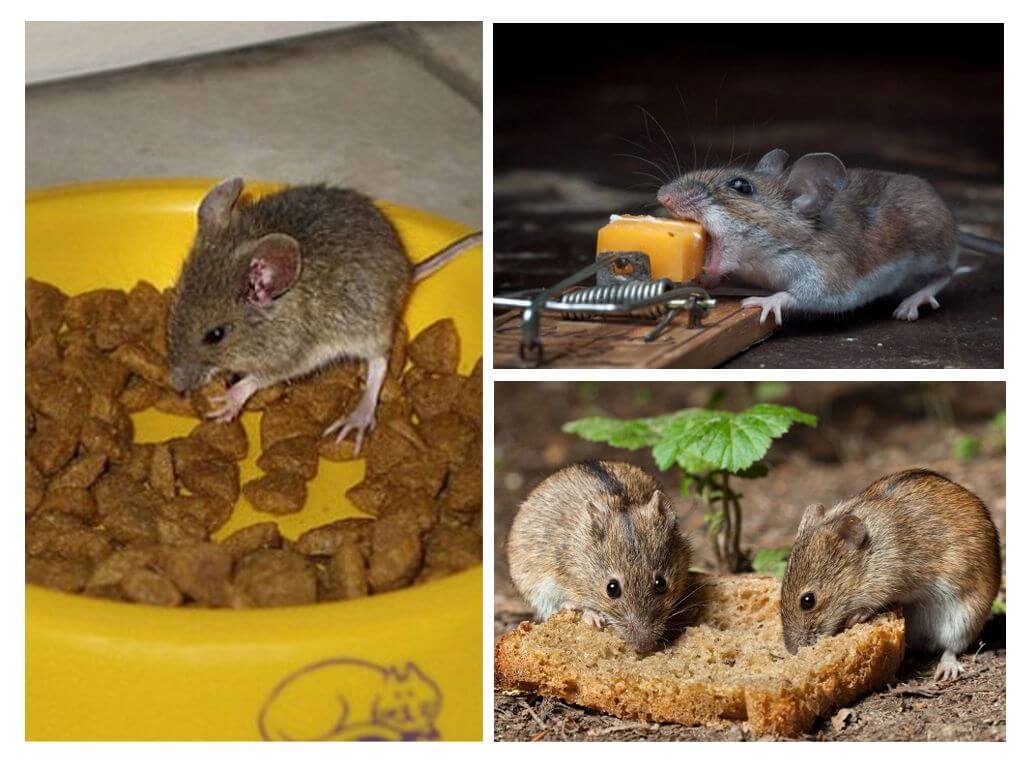
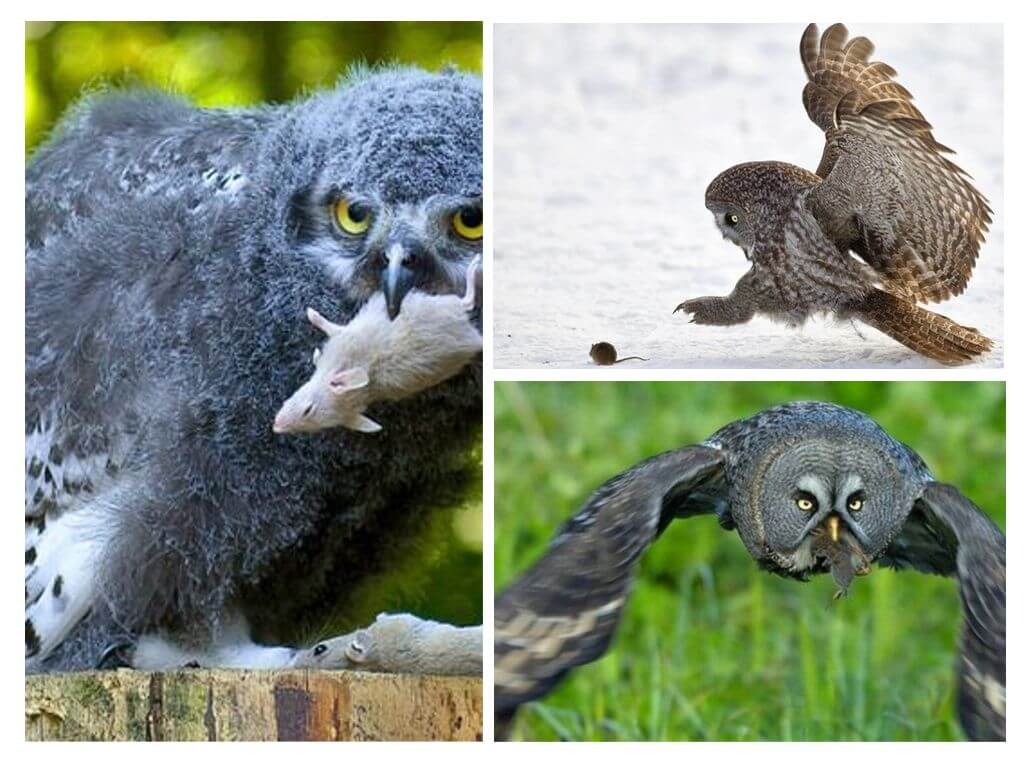
Very helpful article. I almost do not understand insulation, but I will have to control the construction site. Here, I am collecting information and I am very glad that such good material caught my eye.
I want to insulate the house with ecowool. I like her, but doubts arise. Maybe someone used it and will be able to say that rodents do not eat it.
I was warming with ecowool. No mice or rats. But in the past, housing could not get rid of them. As soon as winter, fled from the site to the house. There the insulation was natural. Styrofoam, it seems.
I'm going to start construction, and then your article came across. Just in time, because I somehow did not think about pests. Now I will choose a heater so that the house protects from rodents.
Explanatory recommendations. But most of the insulation should be laid at the construction stage. Then it will be too expensive and long.
I work as a builder. I decided to go in and read what they write about mice and insulation to know what to advise their clients. I can add that some materials do not interfere with some rodents - they all chew.
Engaged in construction. I made a strip foundation, I choose a heater such that the mice do not reach my home. It's good that I got to the article. I learned a lot of useful things.
The article is cool. I tell my parents that you need to select the insulation wisely, and they wave it off. Now I can provide evidence.
My brother and I are building. He wants to use glass wool, and I want ecowool. I will show him the article. I hope that he will be able to convince him.